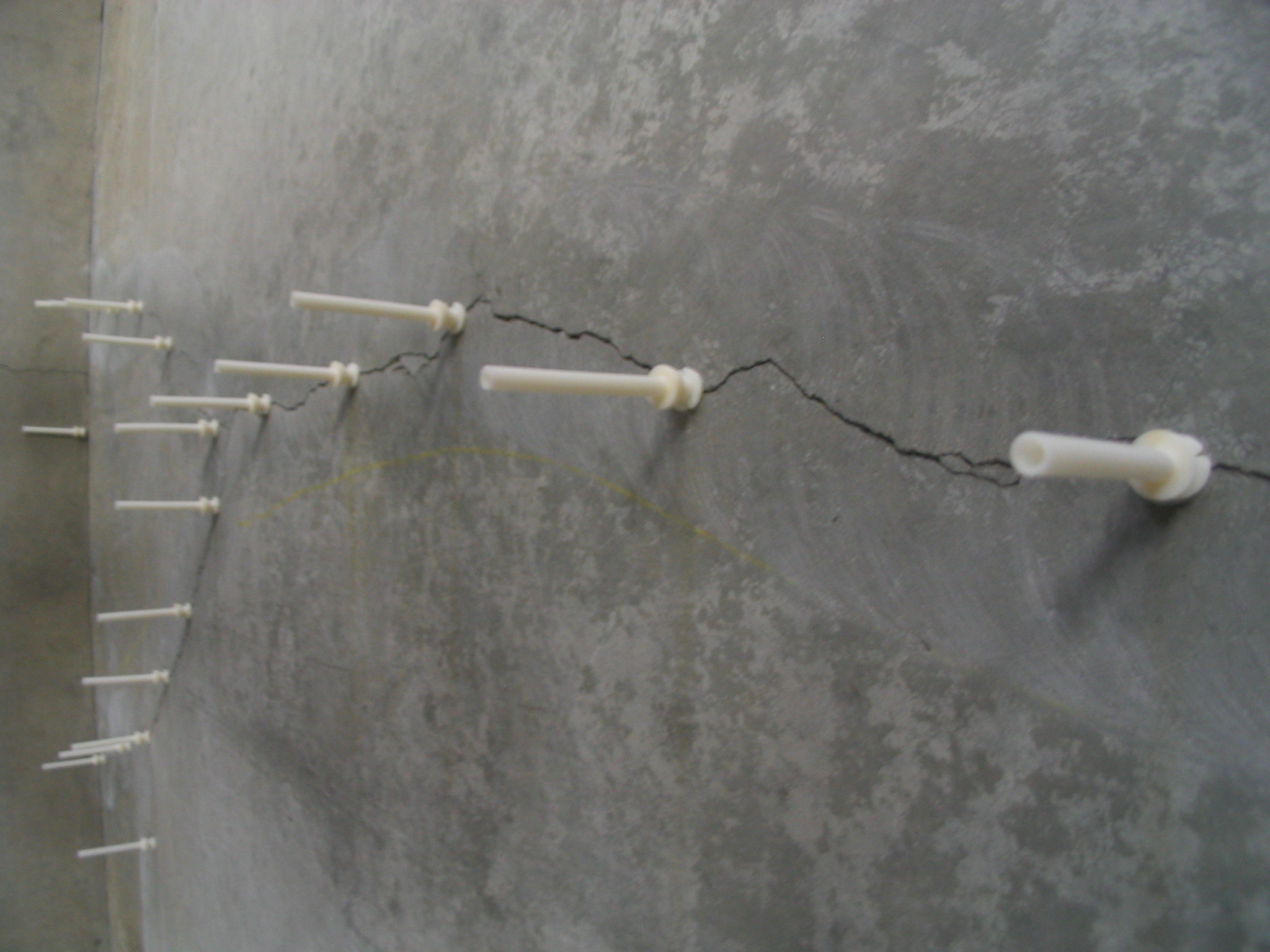Epoxy & Polyurethane Foam
The repair of basement and crawl space foundation cracks with low-pressure Concrete Crack Injections system requires the use of either epoxy or polyurethane. Pending the applicator’s personal preference and/or type of crack, either injection material is suitable for most foundation cracks.
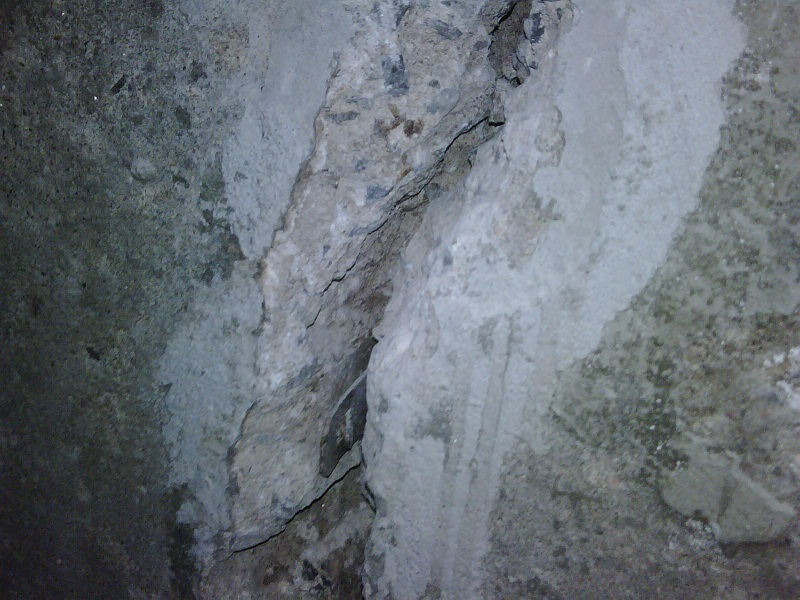
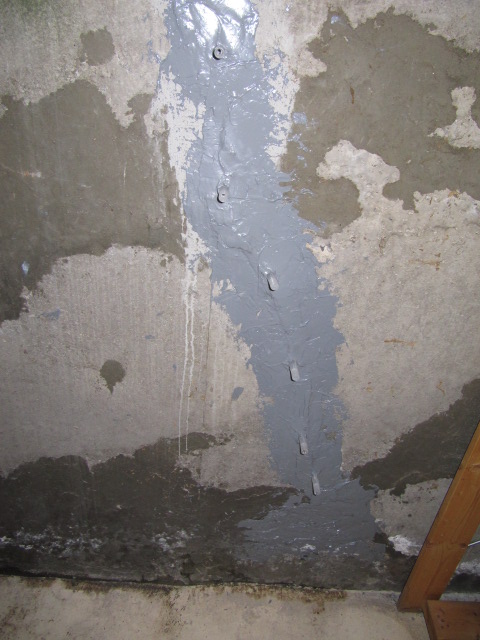
Non-Structural Wet & Leaking Cracks – Polyurethane
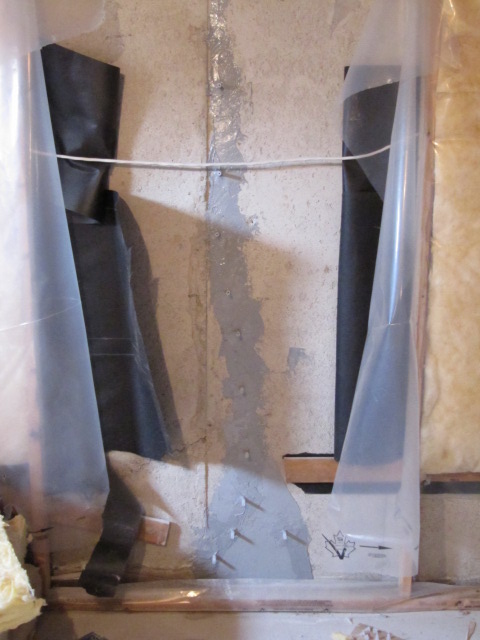
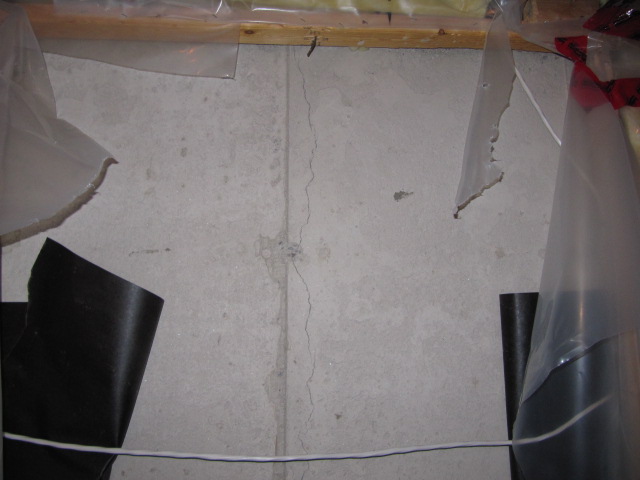
Typically resulting from concrete shrinkage, minor settlement that has since subsided…
For the typical wet and leaking foundation crack that poses no structural risk in the foundation, Emecole typically recommends the injection of polyurethane foam. Its flexibility allows for easier injection into foundation cracks. The real benefit is its expansion ability. As the two-part polyurethane reacts inside the crack (the addition of water inside the crack will also benefit the reaction of the polyurethane), it expands throughout the crack, literally moving throughout the crack, filling any void areas.
Multiple Cracks, Horizontal Cracks, Wide Cracks – Epoxy
Results from soil settlement/movement around the foundation, ground freezing/thawing…
When the foundation’s structural integrity is compromised by either a large/wide crack or the buildup of multiple cracks within the same area, the added strength of epoxy injection is necessary. With the injection of epoxy into a foundation crack, the result is a repaired crack with concrete that is bonded together, and now significantly stronger than the existing foundation wall.
Horizontal cracks in the foundation, or wall cracks wider than a quarter of an inch are general hints that the crack may be structural. Structural cracks typically form as a result of wall movement from thermal changes, uneven loading and settling of the footing, soil pressure and/or soil shrinkage.
If the area surrounding the foundation is still active (i.e. continued soil settlement, especially in colder climates where the soil experiences repeated freeze/thaw cycles), epoxy by itself may not be enough to prevent future cracks around the initially repaired area. Further reinforcement most likely will be necessary. The use of Carbon Fiber Countersunk Staples after the injection process can provide that reinforcement – in cases where the foundation’s structural strength is severely compromised, the use of Carbon Fiber Grid Straps and Neckties may be necessary.
Additional Note: For applicators who specifically prefer polyurethane as opposed to epoxy, Structural Polyurethane is an manufactured specially formulated structural strength polyurethane which accommodates structural foundation crack repairs with the use of Carbon Fiber Staples.
Applicator Preference
The choice between epoxy and polyurethane foam for concrete crack injection often is made based on the applicator’s personal preference. Some contractors and companies may prefer to exclusively use one material for all repairs. Typically, polyurethane foam is more user-friendly as a result of it’s ability to expand – this generally makes it easier for applicator’s to properly ensure that the entire crack has indeed been properly filled.
Typical repair of leaking basement wall
The concrete is cleaned and injection ports are drilled over access points. Epoxy or Polyurethane is injected to completely fill the crack from the inside out. This means that we usually do not need excavate the exterior of the wall and be completed in typically one day. The repairing of structural deficiencies and/or wall seepage as a result of foundation cracks are a critical aspect of the basement waterproofing process. Today, the most efficient and economical way to repair poured foundation cracks is with low-pressure injection of either epoxy or polyurethane foam. Ottawa Foundation Contracting provides a variety of polyurethane and epoxy resin injection materials and services for the repair of basement wall cracks.
Repairing Non-Structural Foundation Cracks: Wet and Leaking
Most concrete foundation cracks are strictly leaking problems, especially during heavy rains and snow melt. Not only can excess water in the basement potentially damage or ruin valuable items, but chances for mold and mildew growth are significantly higher, which directly impacts a home’s indoor air quality. Basement wall cracks also have the ability to widen. While a particular crack may not necessarily be a problem at the time, that can change as soon as the next heavy rain storm arrives. After a foundation crack forms, the prospect of water seepage (whether slight or major) is not a matter of if, but a matter of when. If water leakage from a foundation crack is minimal now, the potential exists for the crack to widen, allowing further seepage into the basement.

